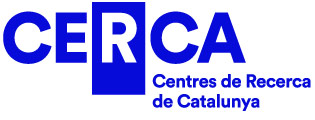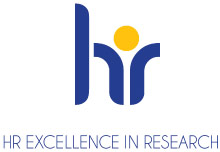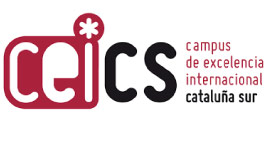The Municipal Museum of History, the Archbishopric of Tarragona and the city’s main archaeology firm also participate in this team. Its objective is to continue research into the Christian basilicas in the city’s Roman amphitheatre and the Cathedral archaeological zone. In its archaeological research, the team also has the collaboration of the Higher School of Architecture at the URV for the development of documentation and graphic experimentation projects on the local heritage.
As a result of this collaboration, the team undertakes architectural documentation and study projects on the site of the Roman circus, which is currently municipal property. Another of its aims is to encourage the study of Tarragona’s port area, especially its transformation in late antiquity. The team’s remit also includes research into funerary practices in Tarragona, especially in late antiquity, and their clear link to the Early Christian transformation of the ancient capital.
On the other hand, the Roman Archaeology group from ICAC is dedicated to the study of the Roman economy in Hispania and the Western Mediterranean region. The primary focus of their research is the analysis of the evidence provided by ceramic vessels, with particular emphasis on those used for the transportation of goods (amphorae) and those employed for their storage (dolia).
The research undertaken by this group has been developed as part of 4 R&D-aided projects, all of which have been led by Ramon Járrega Domínguez in his role as PI. The findings of this research can be consulted in two ICAC web pages. Firstly, Amphorae ex Hispania (https://amphorae.icac.cat/), which is regarded as a reference point for the study of Roman amphorae manufactured in Hispania. In addition, Figlinae Hispanae (https://figlinaehispanae.icac.cat/), serves as a vademecum providing comprehensive overview on pottery workshops in the Roman period in Hispania.
In this context, a variety of research is being conducted, with particular emphasis on Hispania (Catalonia and the Valencian Community), as well as on the city of Rome, where the trade of Hispanic amphorae the subject of suty.
The present work is made possible by the collaboration of researchers Giorgio Rizzo (ICAC), Daniel Mateo Corredor (University of Alicante-ICAC), Enric Colom Mendoza (UNED-ICAC) and María Rosa Pina Burón (UNED-ICAC).





